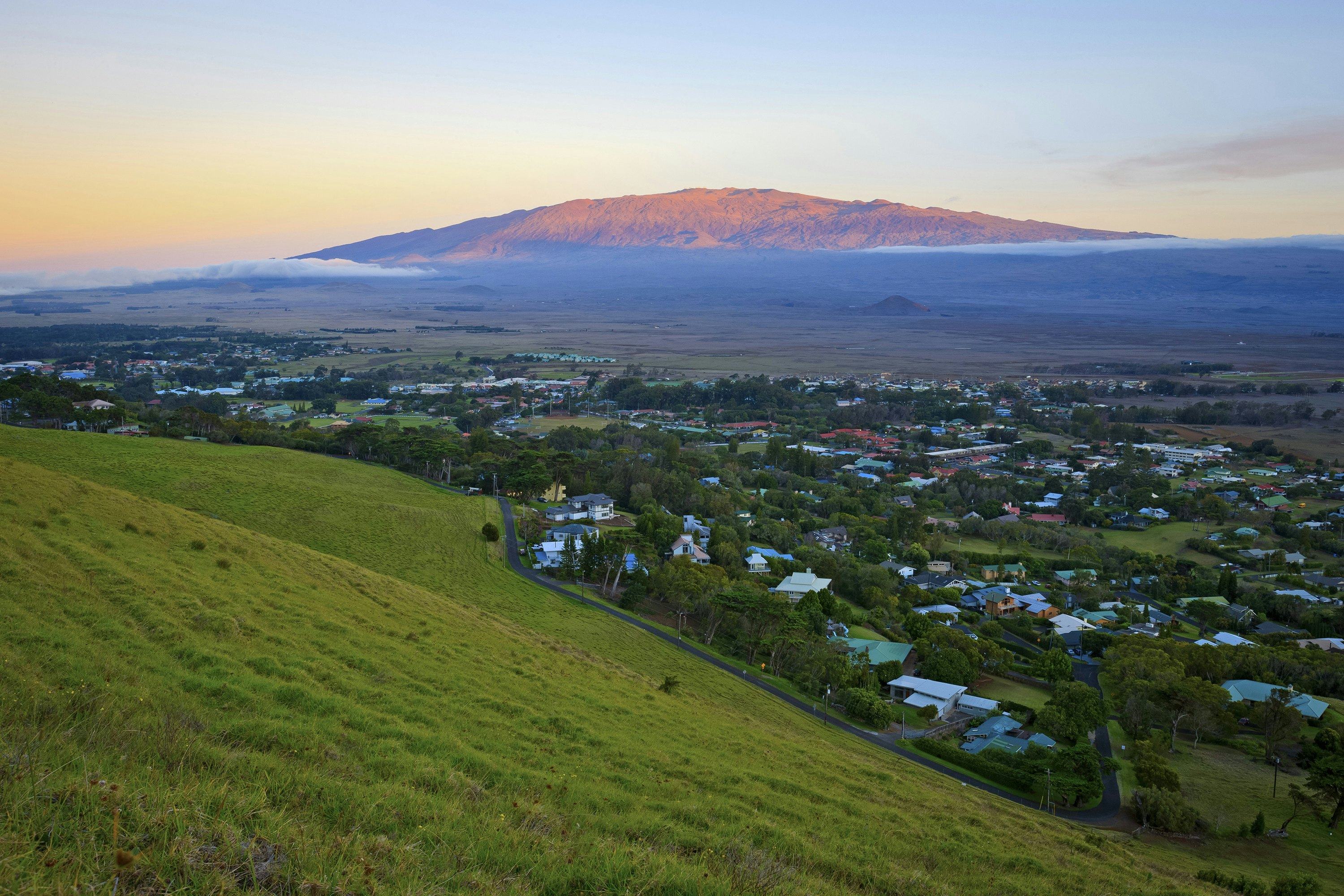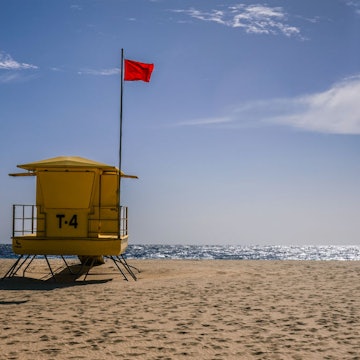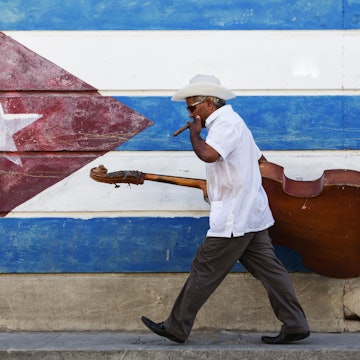

I was driving over Mauna Kea when the sheer size of the island that cradles it dawned on me. It was like a light bulb had illuminated just how big the island of Hawaiʻi really is.
My location definitely helped. Coming to terms with enormity is easy when you’re in the shadow of Mauna Kea, the tallest mountain in the Pacific – and if measured from its base on the ocean floor, at 10,000m (33,500ft), the tallest mountain in the world (Everest is 8,848m/29,029ft).

Nothing like a superlative mountain to make you feel small. The distance I had driven spurred that feeling, too. I only had to go so far in any direction before land became water. There’s something fascinating about a place that is an island on the one hand, yet feels continental on the other.
The navel of the world
Properly known as the island of Hawaiʻi, it is often deemed a microcontinent. It’s only fair this landmass lends her name to the whole state of Hawaii, given this island’s centrality to Hawaiian culture and history. Native Hawaiians believe Mauna Kea is ‘ka piko o ka moku’ – the navel of the world; bridge between this and the spirit realm; the axis the world revolves around.
Such a place should be a blend of all the world’s environs, and the island of Hawaiʻi comes close. Visit and talk with anyone and you’ll soon have this line of bar trivia dropped on you: within the microcontinent, one can find four out of the world’s five major climate zones, and depending on who you ask, eight or ten of its sub-zones (based off of the Köppen climate classification chart).

The divisions feel a lot more visceral when you’re driving around the island. In less than an hour, you can cross from the fertile green slopes of the Kona Coffee belt into the ochre deserts of South Kohala. Keep north and the land becomes the surreal, wind-whipped grasslands of North Kohala. Cross the mountain in one direction and you’ve entered lush tropical rainforests; in another direction and you’ll find a red pit of lava that looks like a gateway to a Dante Alighieri poem.
At the time, I was in an alpine idyll. My car climbed Mauna Kea past bands of brown scree peppered with ‘āheahea shrubs and bladderfern. I was worried about fog – the mountain acts as a giant geologic rain catch, and on the roads around the mountain, you have to be wary of cotton ball mist that severely limits road visibility. Finally, my car began to push past fields of sugary snow. You can’t guarantee its presence when you drive across Mauna Kea, but when you see it – about 90 minutes from deep blue beaches and red hot sunbathing – you know you’re somewhere special; a land close to Mother Nature’s belly.

Dry zones and razor rocks
The word ‘Hawaiʻi’ inspires visions of tropical greenery, but in coastal South Kohala, on the northwest side of the island, you’ll find an enormous dry zone of dark lava desert and spiky fields of yellow steppe grass. Dotted here and there are manicured resorts with pumped in water, golf courses and timeshares. The resorts feel like an odd addition – barely anything actually lives naturally on the dry lava fields – but it’s sunny and it almost never rains, and that’s always a draw for the mainlanders.
I pulled into a small lot on the side of the highway and followed a faint foot track winding through the lava rocks. It was rough going over a field of 'a'ā (ah ah); 'a'ā lava contains gas bubbles that expand into needle spikes upon drying. Walking on this stuff is like crossing a bed of petrified needles. But the rewards at the end of the walks are isolated beaches, like Kiholo Bay and Makalawena, where it is you, maybe a few locals (come with respect; the Islanders are protective of their beaches), and an ocean as blue as the big sky unfolding above it.

Finding refuge
I drove in long, meandering loops and made hairpin turns on little country lanes as I piloted my car through the jungles of the Kona Coffee belt. A lacing archway of branches gave way to sunset-purple clouds of bougainvillea, before a thin road wormed to the parking lot at Kealakekua Bay. Here, a small heiau, a native Hawaiian temple, huddled like a squat distraction from the natural vista arrayed before me. Great rock walls lifted from a scoop of dark blue water peppered with spinner dolphins, overlooked by sheer cliffs and an unceasing gale of salty wind.
Ancient Hawaiʻi was dominated by the kapu system, a code of laws that managed gender roles, class relations, and resource usage. Breaking kapu meant death, unless someone could find their way to Puʻuhonua o Hōnaunau, some four miles south of Kealakekua Bay. That enormous name means ‘Place of Refuge,’ and describes a temple complex situated amidst sand, rocks, and little lagoons. Here, kapu breakers would find sanctuary and repentance from local priests.
I came here to check out the pretty National Park site that now preserves the Place of Refuge, and to see some fish. While the temple complex is lovely, for me, the real draw of this area is a little cove that can be entered via a pair of rock lodges, known as ‘Two-Step’. I strapped on a mask and flippers, took the two steps, and entered my own underwater Pixar movie. The water lapped over my head and I was almost immediately thrust into rainbow clouds of tropical fish pecking above vast fields of iridescent coral. I paddled around until I had to tear myself away from the fish or risk exhaustion – the diversity of the land is just a prelude to the magnificence of her adjacent waters.

The forge of creation
The east side of the island of Hawaiʻi is raw in mana, a Polynesian cultural concept that roughly translates as creative potential or life force. Great Mauna Kea keeps the rains largely on this side of the island, creating a land that is lush and fertile to the point of distraction.
In Hawaiʻi Volcanoes National Park, the very island is created from the Earth, as potent a story of mana in action as any of us may be so lucky to witness. I drove further upcountry, the car navigating dark groves of mid-altitude forests. My crowning vista was the sight of Kīlauea, the most active volcano in the Hawaiian islands. The name means ‘spewing,’ as if the belly button of the world had passed on its fertility to this womb of creation.
During my road trip across the island, Kīlauea’s lava had just created natural roadblocks in Puna, a surreal explosion of jungles and invasive Albizia trees. This is a land of unceasing life; even at night, the stillness is penetrated by the stereo rumble of thousands of coqui frogs (also invasive). At night, I drove to Kalapana, a former subdivision that was incinerated into black ash by Kīlauea. It is the actual end of the road – the road itself was wiped out by lava. Some tourists and I strolled over long black fields of ash soil to a place where a crowd was watching waves batter a cliff. And beyond: a distant red glow.
This was lava, blub-blubbing into the ocean, hardening, becoming rock, a world anew. The four elements slurped together – the wind off of the ocean, the waves crashing into thousands of sparkles, the spiky, rocky cliffs, the fiery heart of the volcano itself – and formed a few new inches of microcontinent, of an island that can contain almost all of the world’s climates – and the dimensions of a perfect road trip.
Adam Karlin traveled to Hawaiʻi in December 2016, and this story is a personal account of his experience.
Lonely Planet has produced this article for The Hawaiian Islands. All editorial views are those of Lonely Planet alone and reflect our policy of editorial independence and impartiality.
















